Labor Disputes
During the late 19th century, Tennessee underwent major changes. Industry and manufacturing plants moved in to tap its natural resources. Many Tennessee workers shifted from agricultural production to work in timber, coal, or textile industries.
Even though many workers were not members of labor unions , labor disputes did erupt when workers felt they were being treated unfairly. Throughout the turn of the century Tennessee’s workers protested for better conditions and rights.
Industrial and service workers also demanded better treatment and conditions. In Memphis, the drivers for the Memphis City Railway Company organized a strike in 1885 calling for higher wages. Eventually workers for the Chesapeake, Ohio, and Southwestern Railroad in 1886 as well as wagon makers at the Cole Manufacturing Company would follow suit.
In Nashville, woodworkers went on strike in 1889. In Chattanooga, trolley car men joined the Amalgamated Association of Street Railway Employees of America, and had repeated -strick-s from 1899 to 1917.
Rail strikers sometimes would use sabotage to try and make the company or city accept their demands. This included such tactics as derailing (pushing the car off the tracks), car destruction, and even violence.
Many local unions were formed during World War I. Companies needed workers, and were willing to deal with unions over higher pay. After the war was over and demand fell, companies started cutting pay and increasing work hours. Unions conducted strikes and walkouts, but most were unsuccessful. Union membership fell.
By 1924, the Nashville Tennessean newspaper was able to tell readers that “many Nashville concerns employ no union labor.” This was evidently seen by the newspaper writer as an advantage in wooing industry to the state—that they wouldn’t have to deal with labor unions. It meant, of course, that Tennessee workers also wouldn’t have the unions trying to obtain better working conditions and pay for them.
Picture Credits:
- Photograph showing the early logging operations of the Woodclift Lumber Company. This photo was taken near Putnam and White counties sometime between 1912 and 1913. Elbert Robinson is pictured in the front and Tom Copeland is shown in the back. The men use mules to haul the large logs on the rail line. Written on the back of the photo is, “Woodclift Lbr Co., 1912 & 1913.” Tennessee State Library and Archives.
- Photograph of the Union Station Pullman Employees. This photo was taken in May 1926 in Nashville. It shows black and white participants in the “employees’ accident prevention drive.” Tennessee State Library and Archives.
- Photograph showing two lumberjacks chopping down a tree. This photo was taken in 1900 near Memphis. Memphis Public Library and Information Center.
- Photograph of the Frank Kane lumber camp. The photo shows laborers standing on railroad tracks. Log buildings and a large tent can also be seen in the background. Tennessee Historical Society Picture Collection.
- Photograph of the Boilermaker’s Union. This photo was taken in 1900 and shows members of the union in Jackson, Tennessee. Jackson-Madison County Library.
Confronting the Modern Era >> Life in Tennessee >> Getting a Fair Share >> Labor Disputes
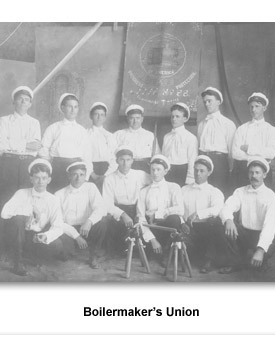
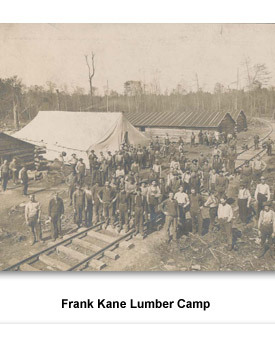
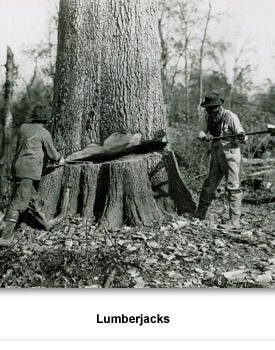
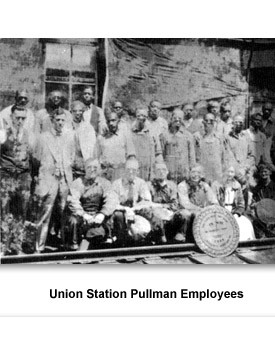
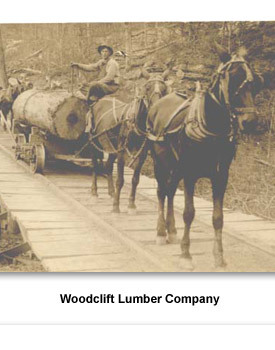
 Sponsored by: National Endowment for the Humanities
Sponsored by: National Endowment for the Humanities